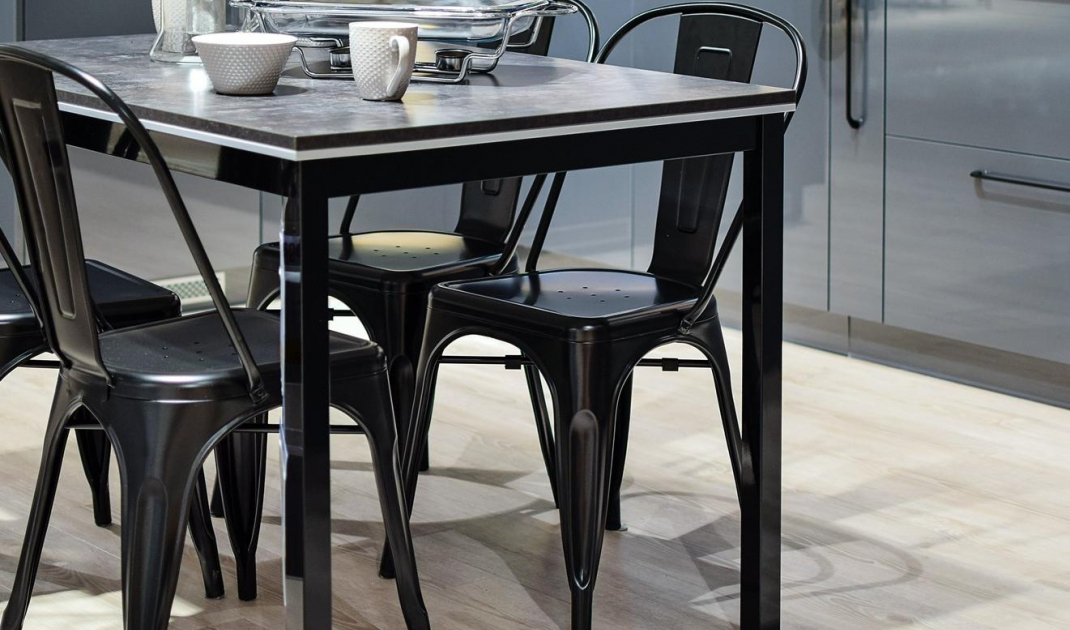This piece of furniture is quite common. Recognizable and desirable especially by lovers of industrial style, but also perfectly compatible with Provençal interiors. On the one hand, it is austere, made entirely of metal, and on the other, somewhat romantic in its form.
The author of the design is Xavier Pauchard. He was a French roofer and was the first in his country to use a plating technique that protected iron from oxidation. It involved immersing an object in zinc heated to 450 °C.
Tolix chairs
© Unsplash/Pexels
The perfect design
Shortly after World War I, Pauchard was involved in making household appliances, which he galvanized. The items had a decidedly improved quality, and thus contributed to the comfort of their use. So the author in 1925 decided to register the Tolix company and expand the business, also producing seats. Creating the perfect chair then became the designer's ambition. It was to be an aesthetically pleasing object, as well as practical at the same time, which would be suitable for mass production.
Finally, in 1934, a chair was developed that satisfied Pauchard. It featured a solid appearance and workmanship, and was comfortable and practical. It had seven drainage holes in the wide seat. The prototype, named Model A, was quickly used for mass production. The chair was used in offices, factories, hospitals, as well as cafes and private spaces.
Tolix Chairs
© Pexels
Floating chair
An interesting thread in the career of Tolix's most recognizable chair is the fact that it became a fixture on the prestigious passenger ship "Normandie", which was considered an excellent achievement of naval architecture. The furniture, in order to be on board, had to meet a number of requirements, including resistance to rust and fire.
Tolix Chairs
© Pexels
Tolix today
Today, Tolix has a variety of models in many color versions. They are sold in 27 countries, especially in France and the United States. The company continues to place great emphasis on quality and unique design style.
Elaboration: Liwia Sus































